
Winter has arrived here in the southern hemisphere and recently we have been fortunate to have a little more rain as well here on my families cattle property in central Queensland.
While travel restrictions have prevented travels domestically, I have been able to put in more infrastructure here at home , with a more up to date ablutions block for home courses. All going well, more improvements will be in place by the end of July.
Currently I have been fortunate to have strong young horse bookings, with horses ranging from all breeds and ages. Over the years many ask why start young horses and while there may be a number of reasons. The main one is to continually improve your horsemanship. When you see a horse started well, it is like art. It is smooth with the human able to fit the situation and the horse. There maybe moments where things do not go as smoothly as you would like. You learn through your own experiences and the experiences of others and keep setting it up and over time you will have more to offer the horse.

With current restrictions, many have not been able to ride, or been “grounded.” I have been asked if I could write an article that might be helpful to those that have been grounded.
An exercise that would help many, is to get your horse to learn to pick you up off the fence. In my travels, where riders use mounting blocks to mount their horses, it is often a struggle for riders and horses. I have seen where horses are lead to the mounting block and then riders are about to put their foot into the stirrup and the horse moves away. The rider then leads the horse back to the mounting block only to again be faced with the same situation.
If your horse can see the block as a place of security or comfort and the rider has their ground work to a place where they can position the horse and direct the feet from the fence, they would have so much more working for them when they did get in the saddle. For a young unstarted horse , this gives them the benefit of seeing you above them without you having to be in the saddle. You may still have to use your flag and your horse may not be comfortable with you on the fence to start with, hang in their. It might take awhile to get your horse to where you can rub them with your foot, flag etc. It is worth waiting for and can really help your horse to be more comfortable with you in the saddle.
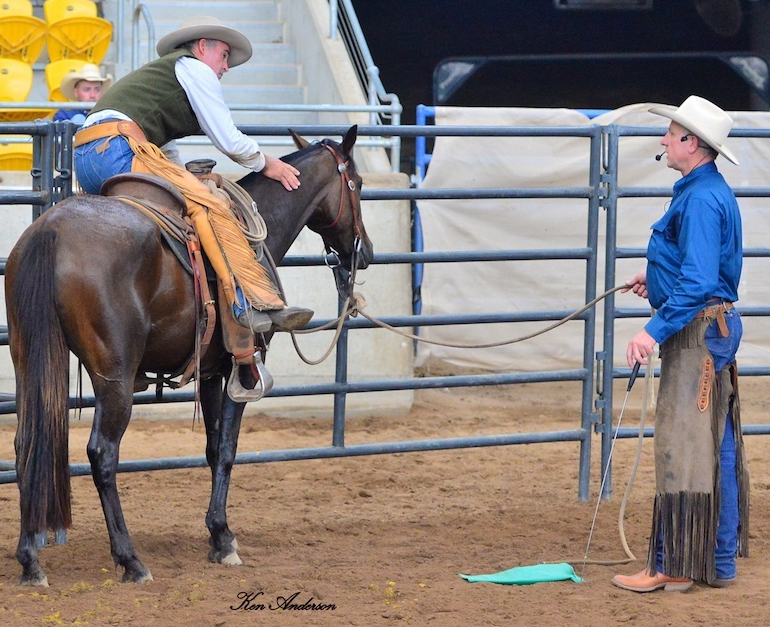
The image above was from Australia’s Legacy of Legends a few years ago, and is of Buck Brannaman helping me with a young horse to pick me up off the fence.

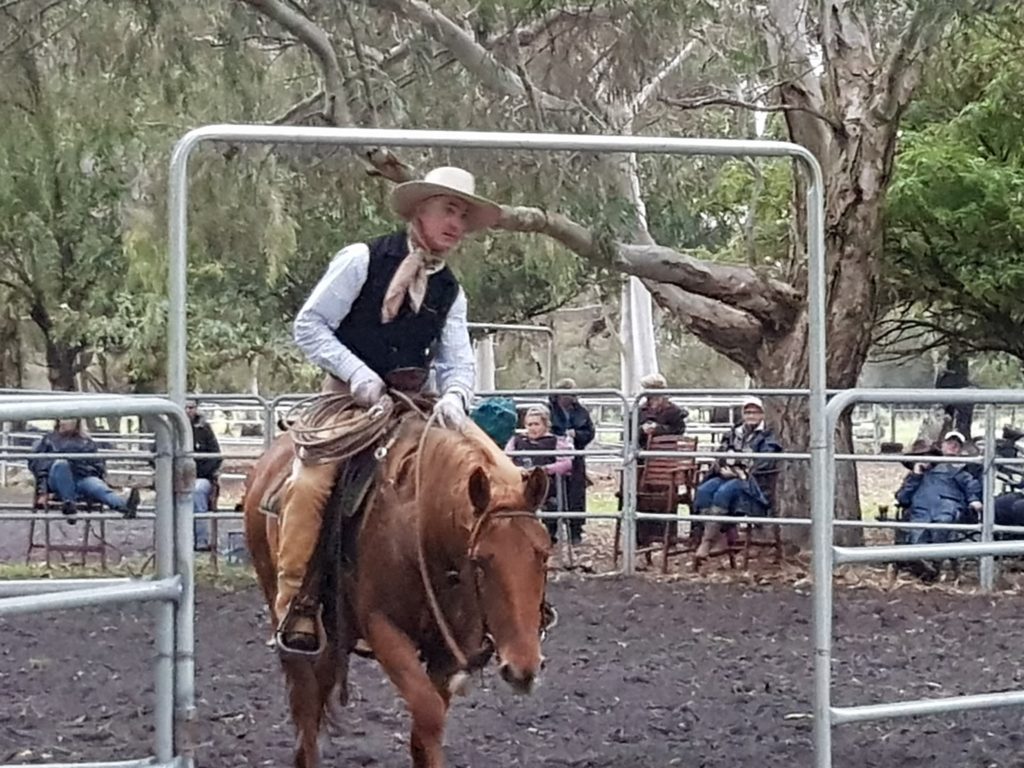
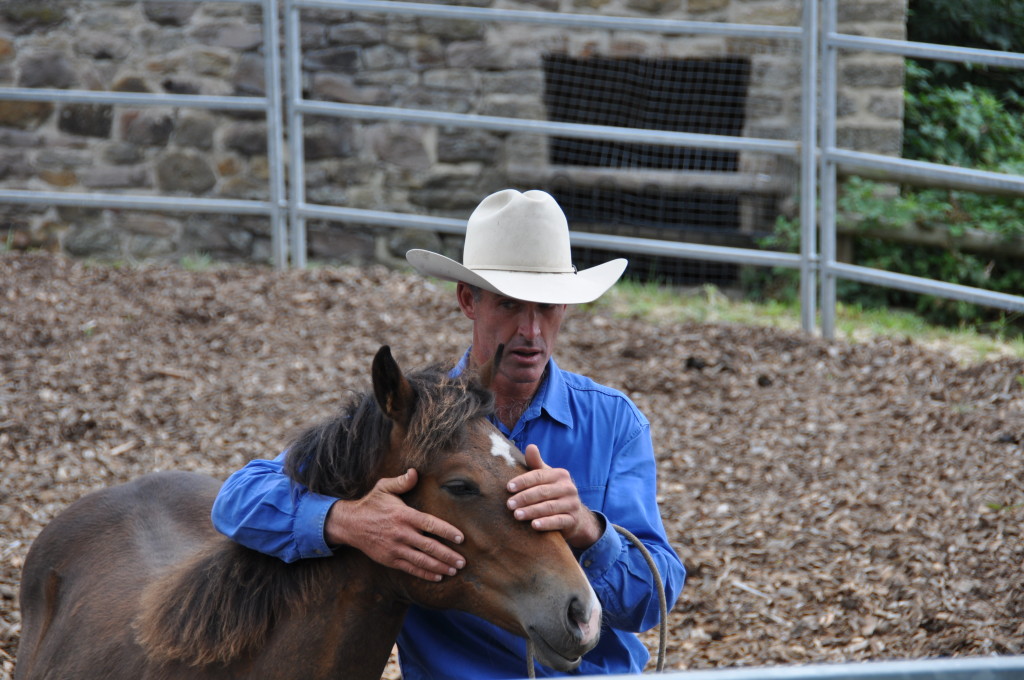
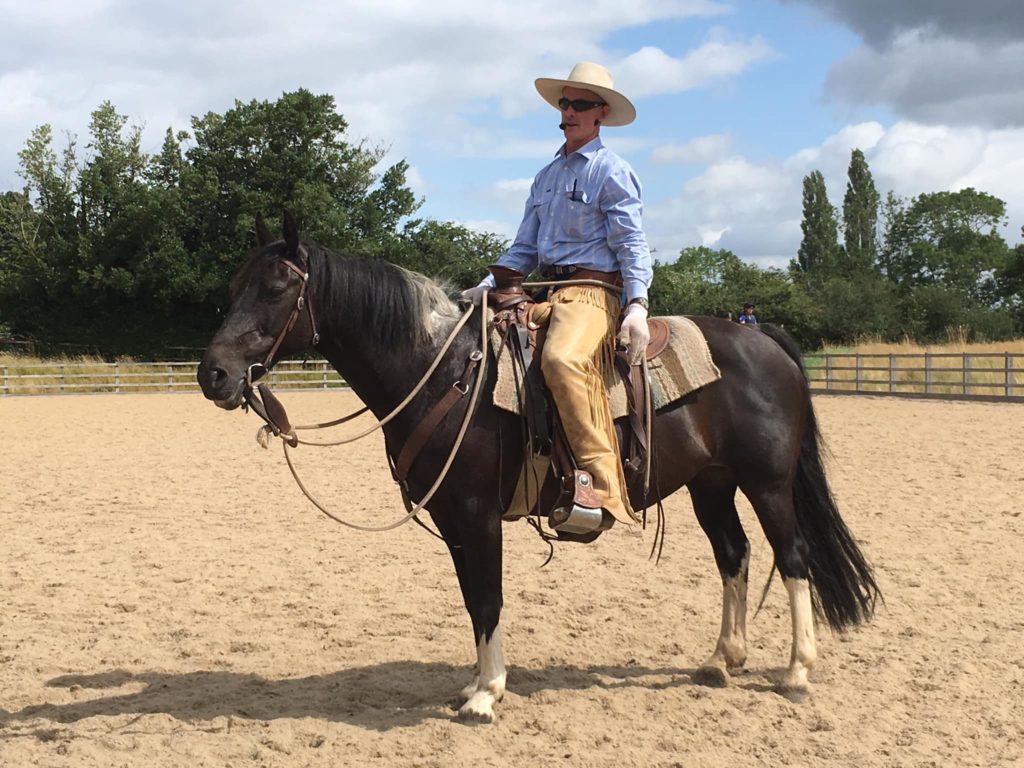
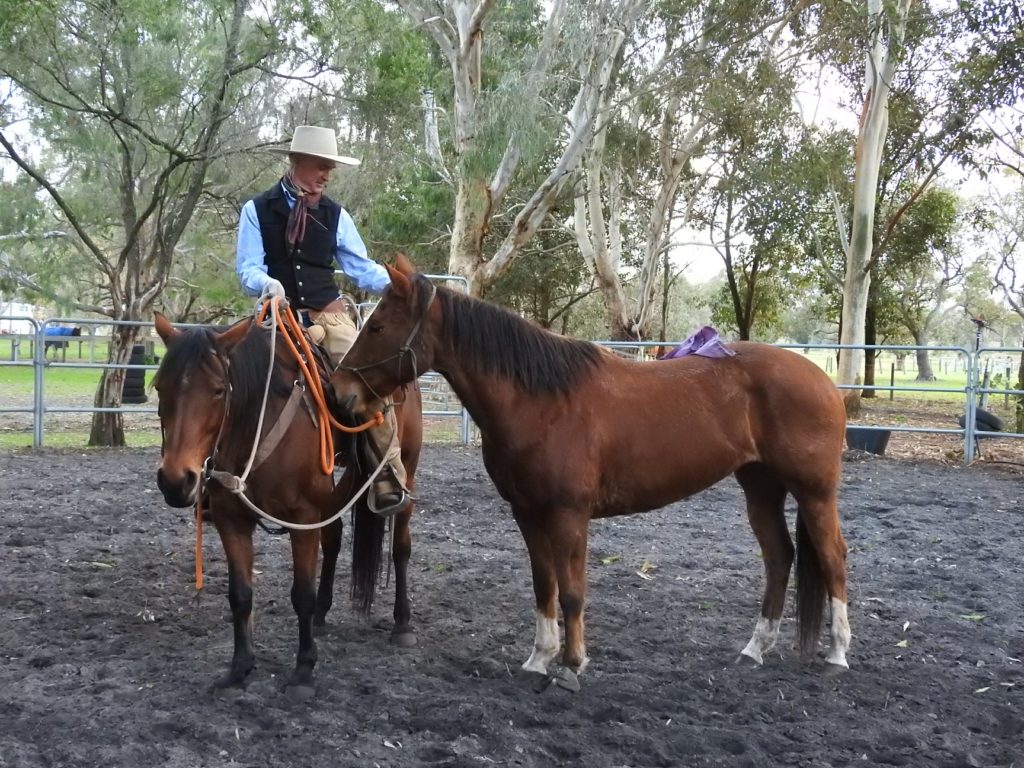
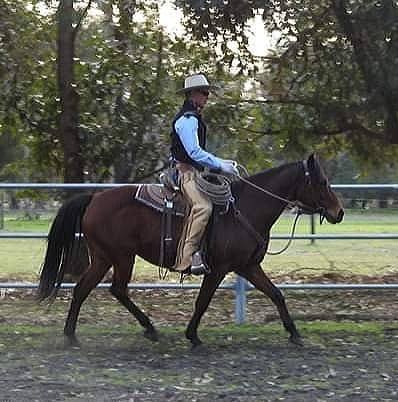
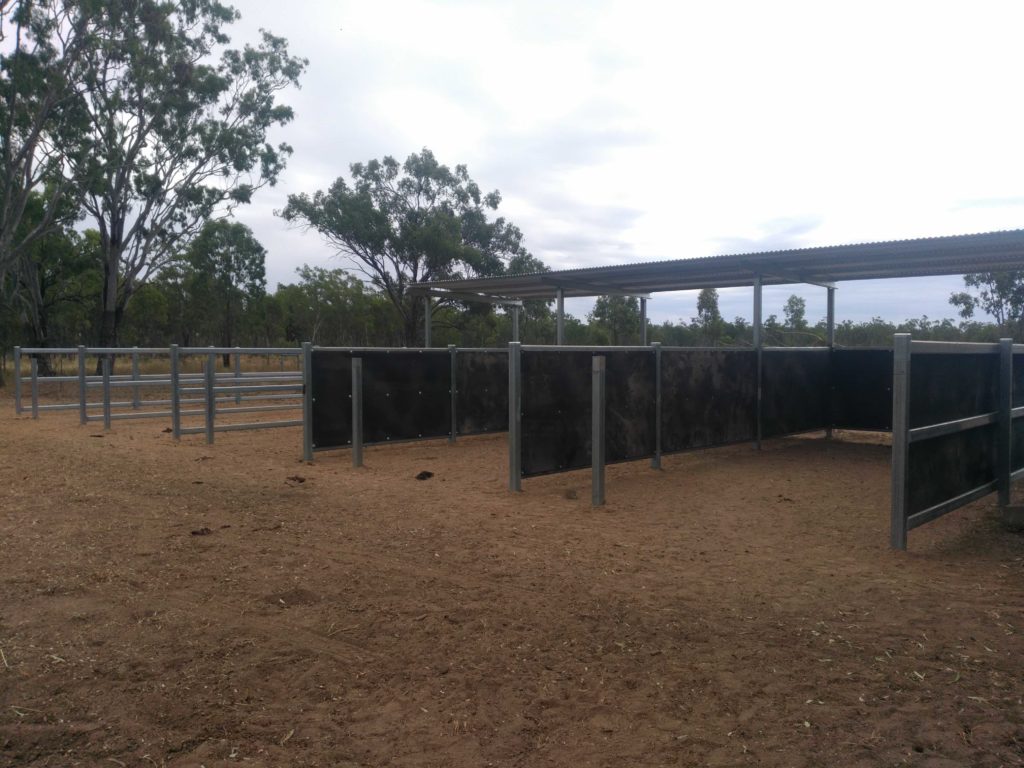
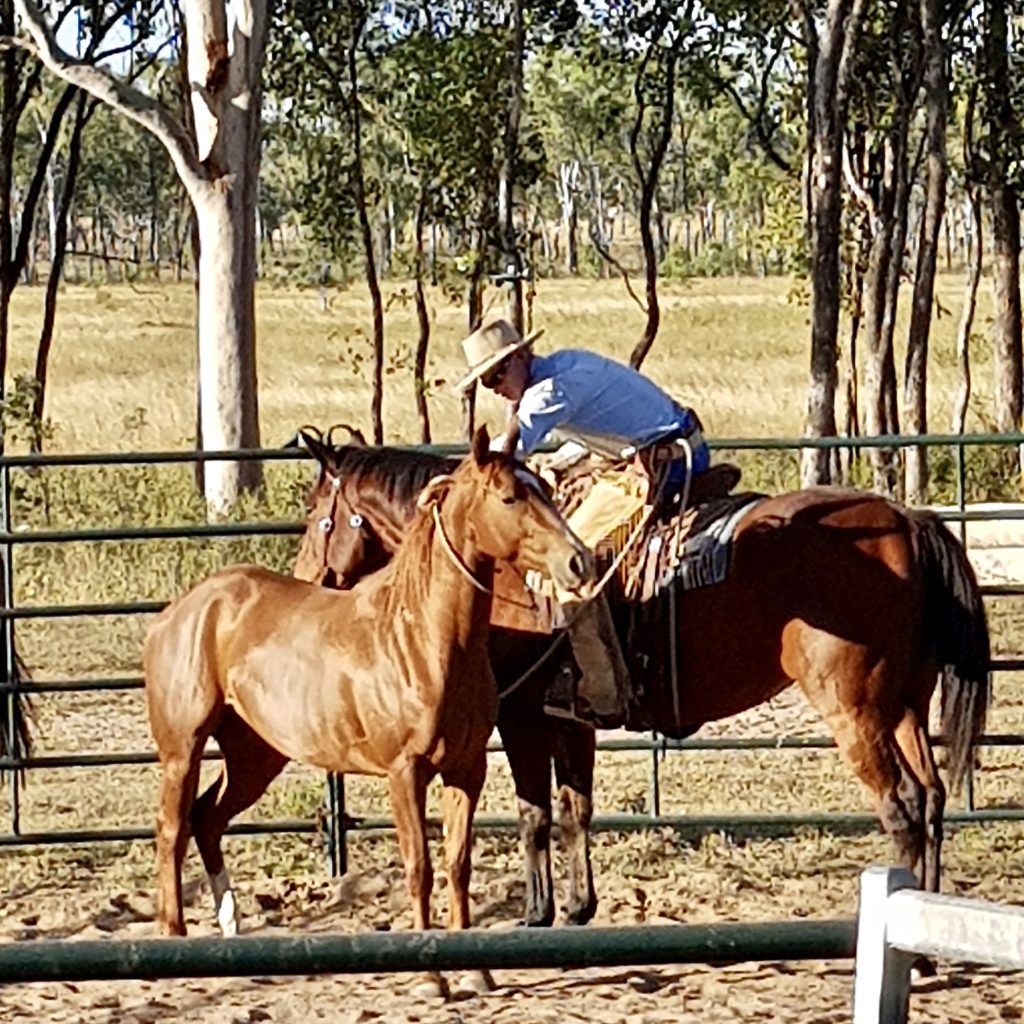
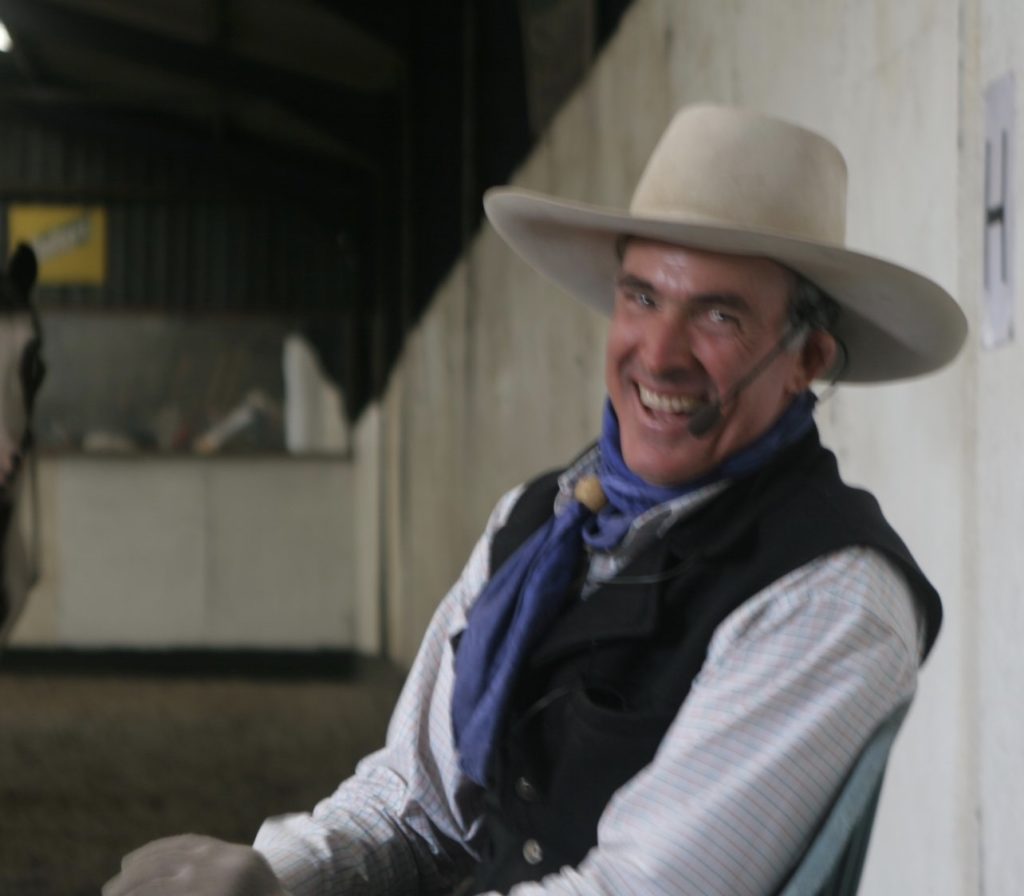
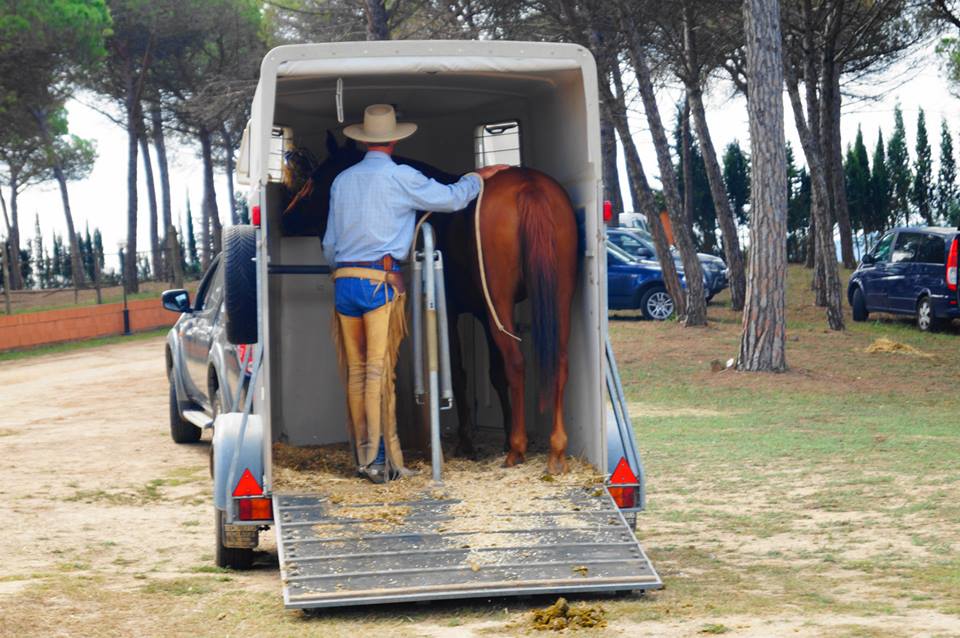
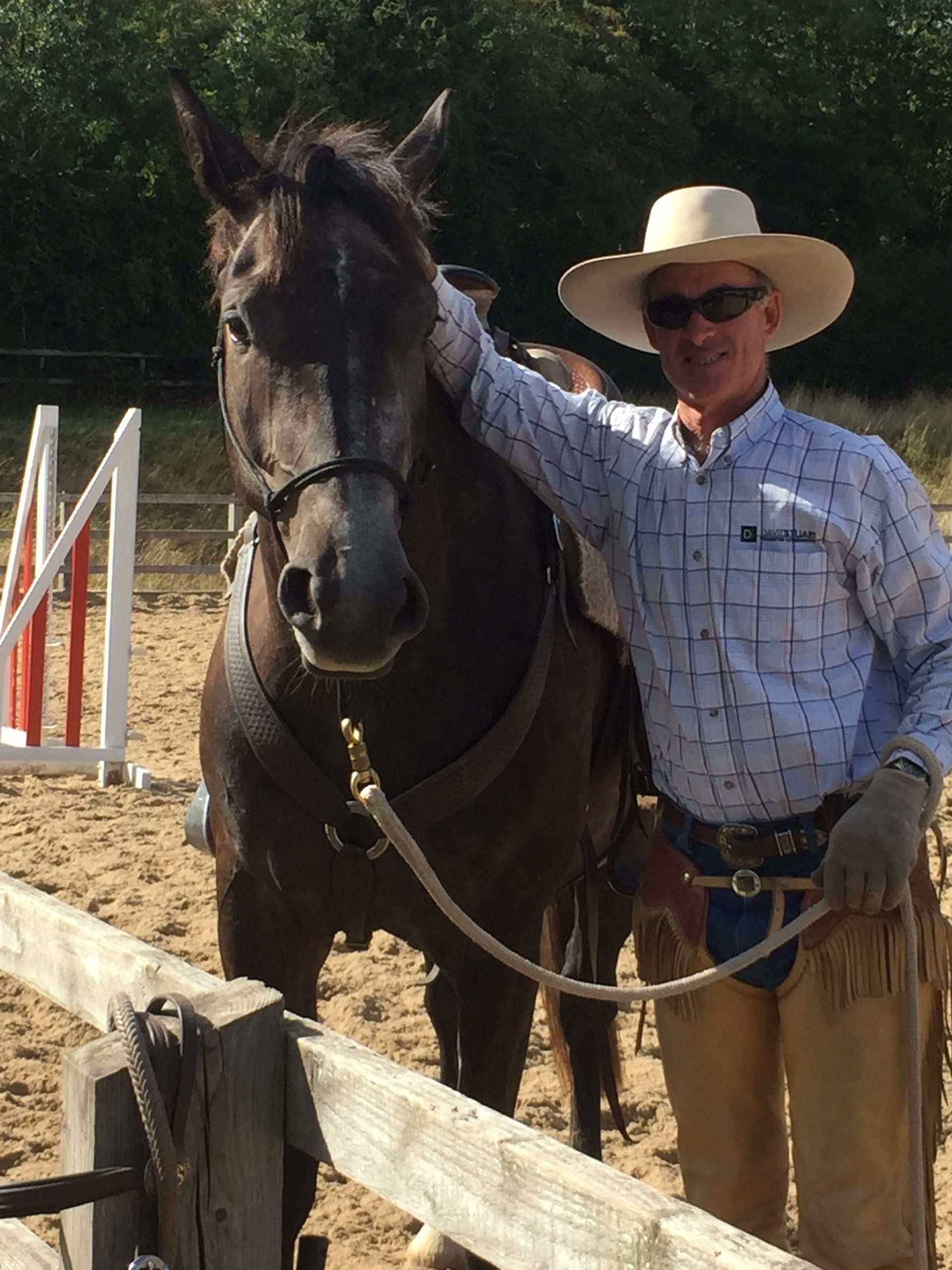

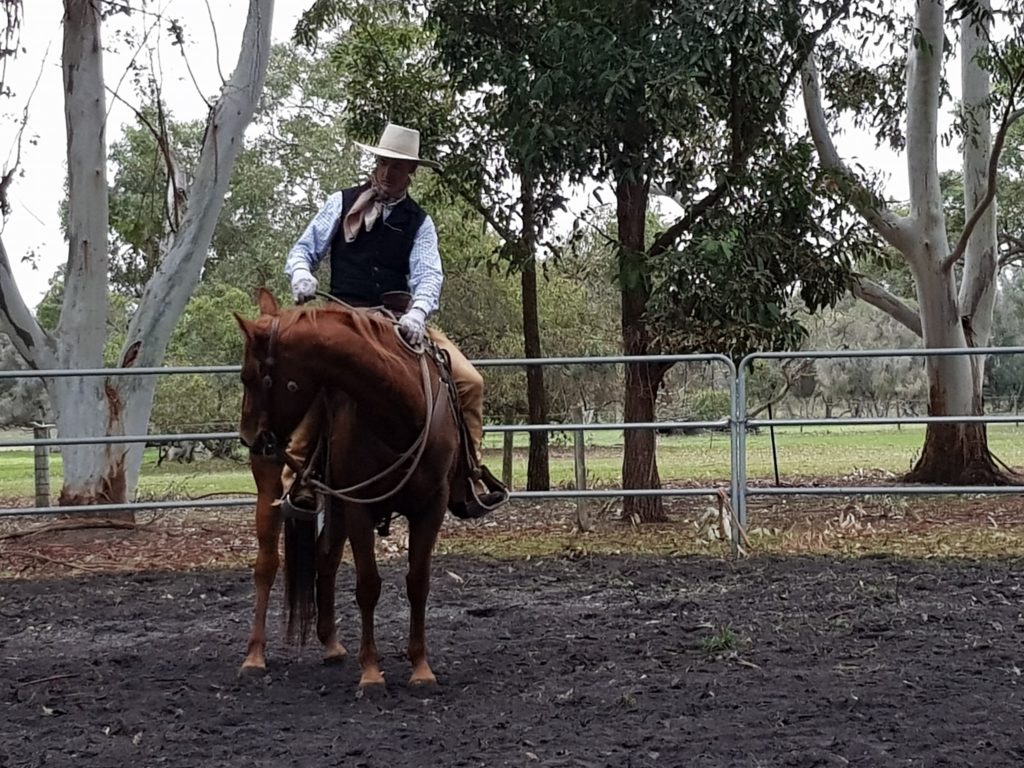
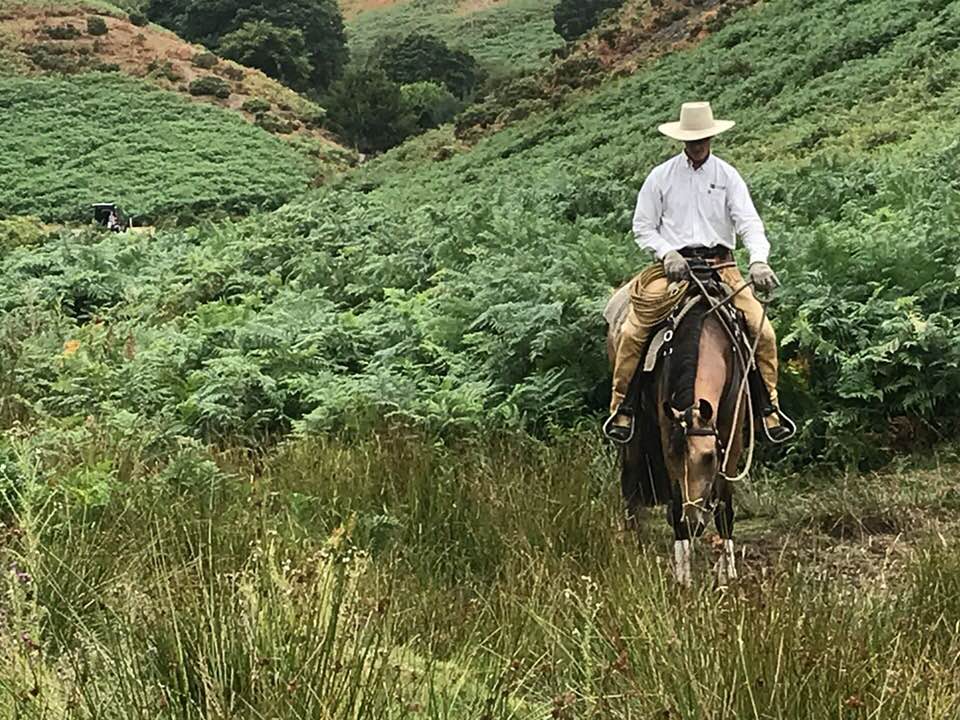
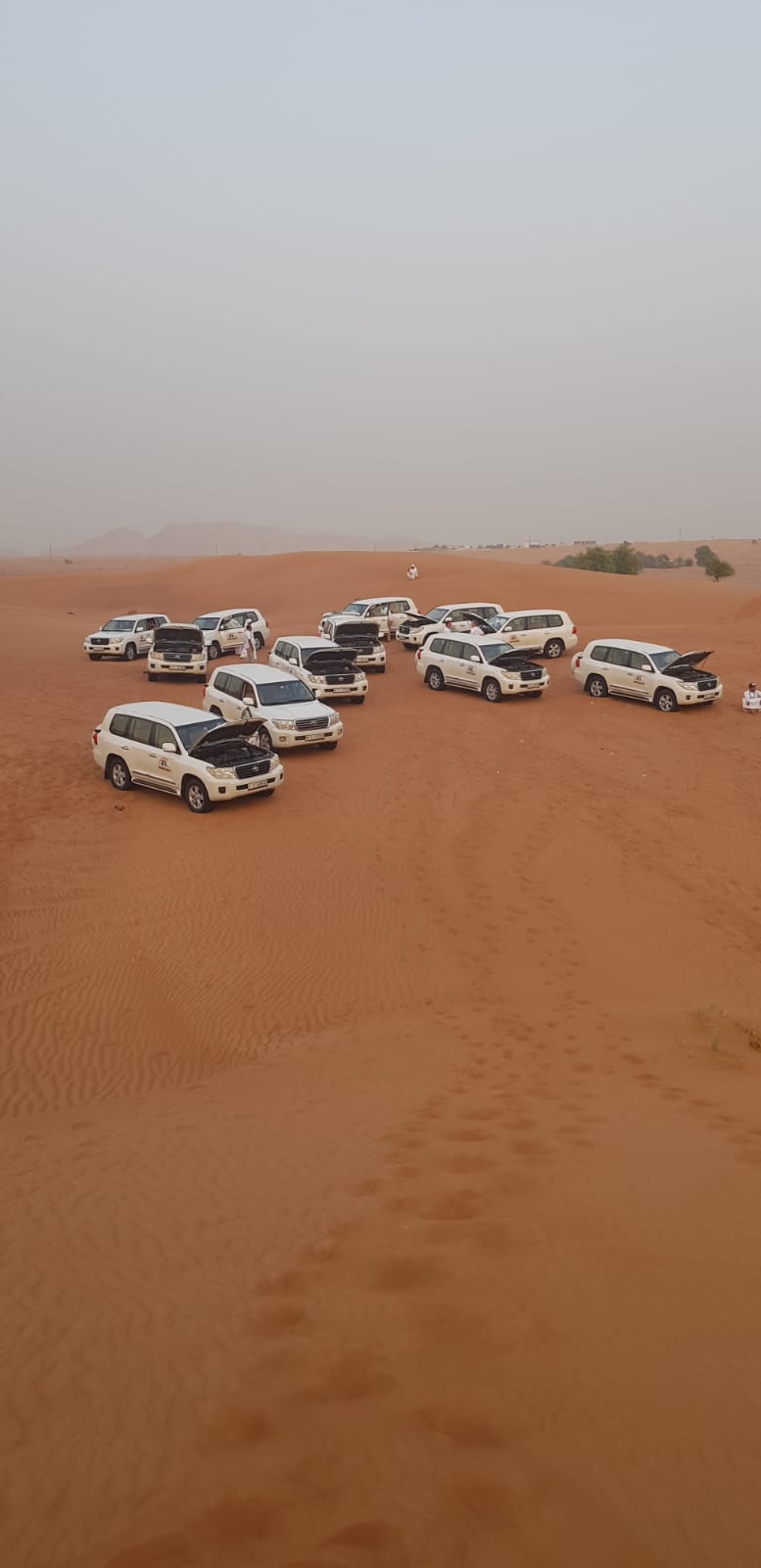
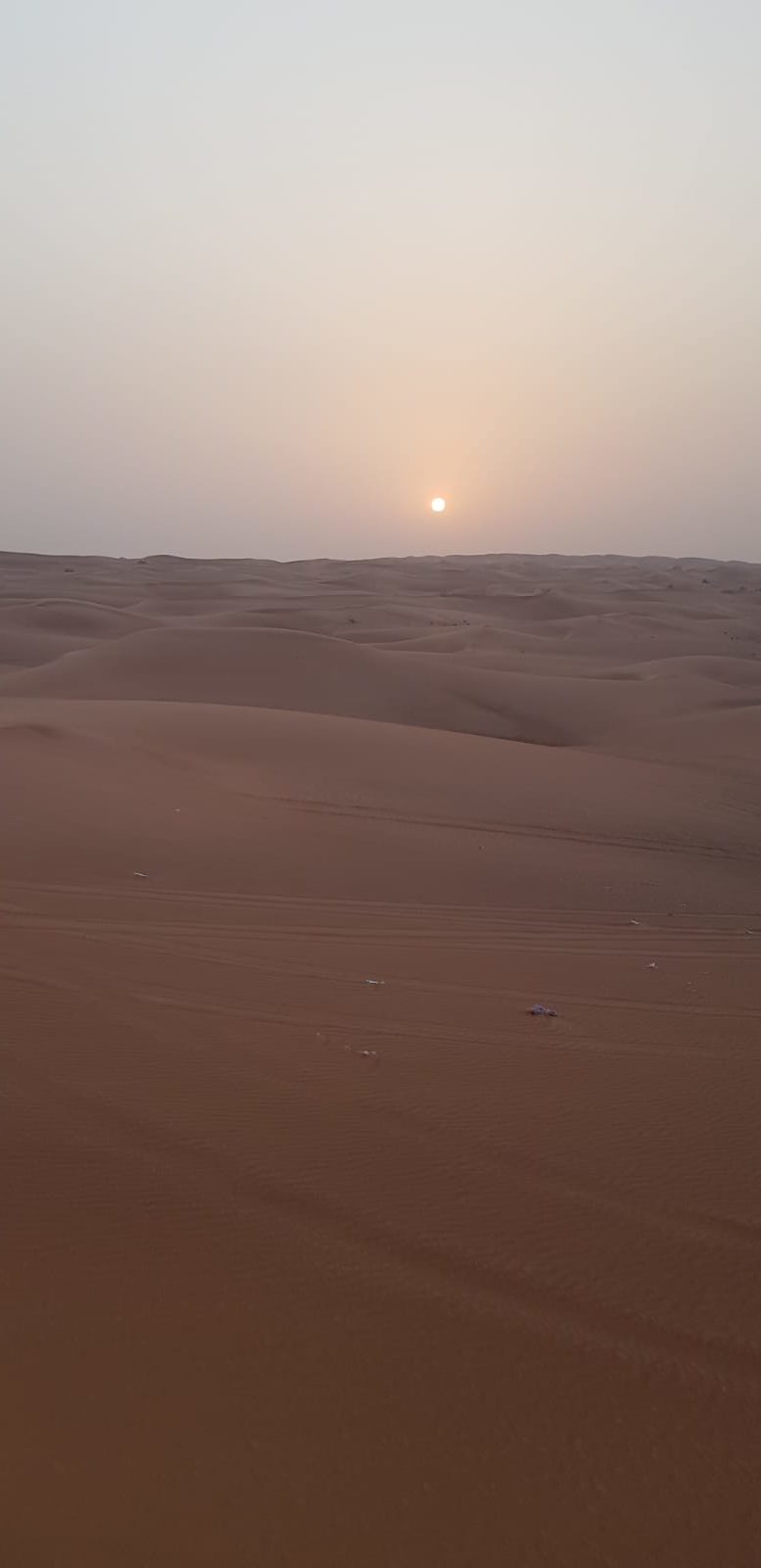
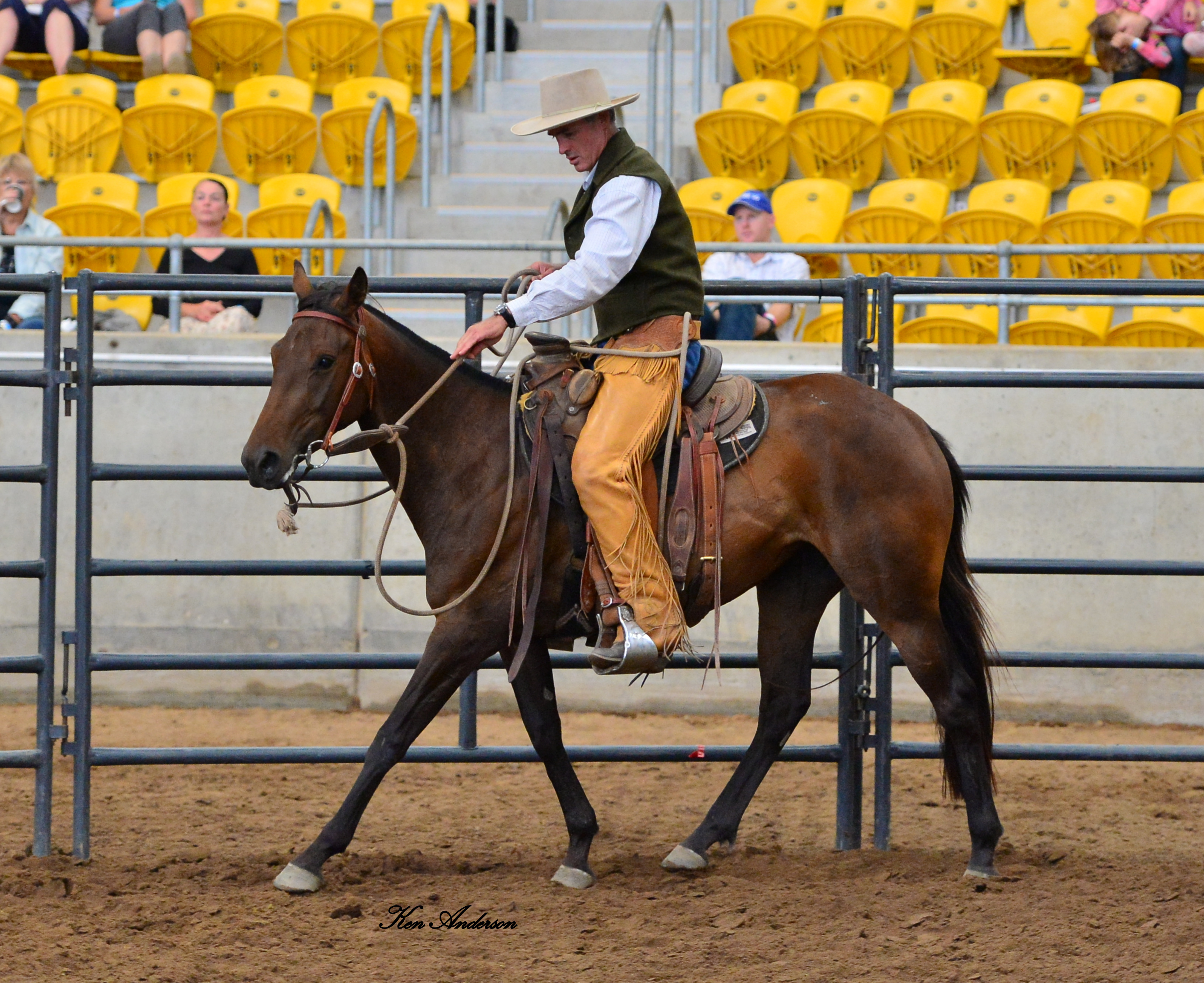
Recent Comments